On this exciting and action-packed safari you’ll spend six night in the Serengeti, The Great Migration is the largest herd movement of animals on the planet. The numbers are astonishing: over 1.2 million wildebeest and 300,000 zebra along with topi and other gazelle move in a constant cycle through the Serengeti-Mara ecosystem in search of nutritious grass and water. Guided by survival instinct, each wildebeest will cover 800 to 1,000km on its individual journey along age-old migration routes. Hungry predators including lion, leopard, cheetah, hyena, wild dog and crocs make sure only the strongest survive in this natural spectacle also known as ‘the greatest show on Earth.’
The circuit takes the animals from the Ngorongoro Conservation Area (although not into the Crater itself) in the south of the Serengeti in Tanzania, up through the Serengeti and across into the Masai Mara in Kenya and back again. This means each group sticks to their own kind with only a small overlap in their distributions. The grasses of the plains have the highest protein content in the whole of the Serengeti, as well as being high in calcium. While there is no scientific proof of it, some experts believe that the animals react to lightning and thunderstorms in the distance.
Animal great migration
The great migration serengeti whether the wildebeest are dropping calves or attempting to cross rivers while avoiding predators, the migration is constantly on the move throughout the year. Read on to learn where the Great Migration tends to be during different times of year,
January, February and March | April and May | June and July | August, September and October | November and December
After the East African short rains in late October and early November, the wildebeest move down from Kenya and into the eastern limits of the Serengeti past Namiri Plains, an area known for outstanding cheetah sightings. By December, they are spread throughout the eastern and southern reaches.
In the early months of the new year, the grasses in the deep south of the Serengeti are lush with rain. This draws the herds of wildebeest and hundreds of thousands of zebra and other plains animals. The cycle continues as the calving season starts once again
Arrival
Day 1 Arrival and Fly to the Serengeti
Whether you are already in Tanzania or arriving at Kilimanjaro Airport, a Wayfairer representative will meet you and transfer you to the airport for your flight to Southern Serengeti.
Lemala Mara & Ndutu Camp is your destination for the next three nights, this mobile camp moves between the Southern Ndutu area and the northern Serengeti, aiming to get you as close to the great migration as possible and will amend your itinerary depending on the time of year that you are travelling.
Although the movement of the herds are unpredictable, and nothing is guaranteed, generally the camp can be found in the south between December and April and in the north between mid-May and November.
Day 2-3 Great Migration Safari
Every year, over two million wildebeests and zebra migrate north from the Serengeti National Park to the Masai Mara Reserve in Kenya.
Early in the year between, roughly, December and April in Southern Serengeti millions of wildebeest give birth to their young, attracting predators that lie in wait, ready to take down the weakest members of the herds.
The herds then move north and they must brave the perilous Mara River which runs through the Masai Mara on the Kenyan side and the Serengeti National Park on the Tanzanian side. They face treacherous water currents and dangerous predators as they cross the river in search of greener pastures. With crocodiles lurking in the muddy waters and lions, cheetahs, leopards and hyenas patrolling the river banks, this is a particularly dangerous time to be a wildebeest or a zebra!
Our Travel Specialists have in-depth experience of the migration and they will plan your holiday to ensure that you’re at the right place at the right time.
Day 4 Fly to the Central Serengeti
Today after a morning activity you will be transferred to the airstrip in time for your flight to Central Serengeti.
Home for the next three nights is Lemala’s permanent sister camp, Ewanjan. Ewanjan is situated in the central Serengeti’s Seronera River Valley and although there are a number of other lodges and camps in this area, Lemala EwanjanCamp manages to maintain a wild, adventurous feel.
Day 5-6 Safari in the Central Serengeti
You have the next two full days as you explore deep into the heart of the park. If you’re on the hunt for the “Big Five” then the Serengeti’s vast, fertile expanse is the perfect territory. Lion, leopard, elephant, buffalo and rhino can all be found, although the latter is mostly found in the northern reaches of the park.
The Central Serengeti offers great wildlife viewing throughout the year however in the months of April-June and November you may have a chance of seeing thousands of zebra and wildebeest attributed to the great migration, as they pass through this area. However, the herds tend to be more spread out as there are moving between areas.
Today after a morning activity you will be transferred to the airstrip in time for your flight to Central Serengeti
Day 7 Fly to Arusha/Kilimanjaro
Today you will check-out from your Serengeti Safari Camp and your guide will drive you to the airstrip for your scheduled light aircraft flight back to Arusha/Kilimanjaro to complete your journey.

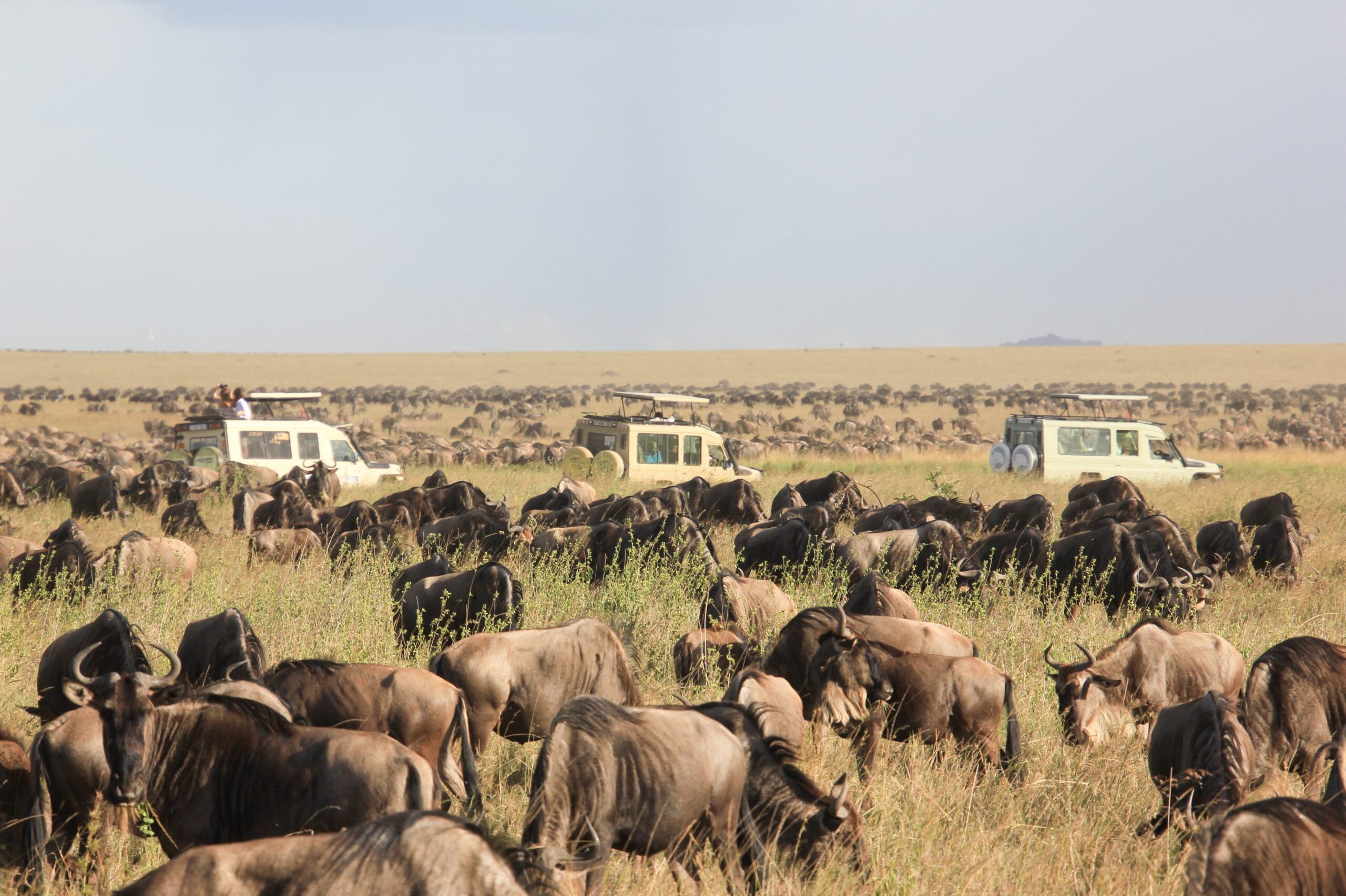

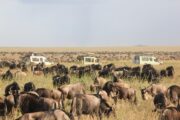
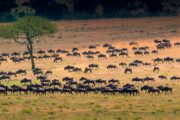
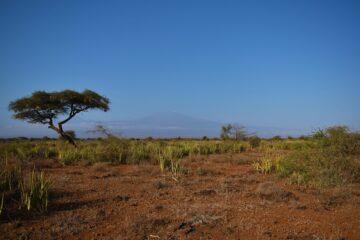
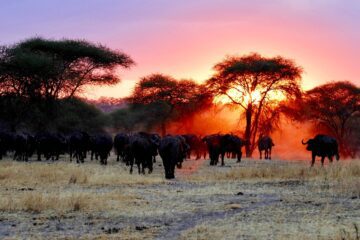

Tour Reviews
There are no reviews yet.
Leave a Review